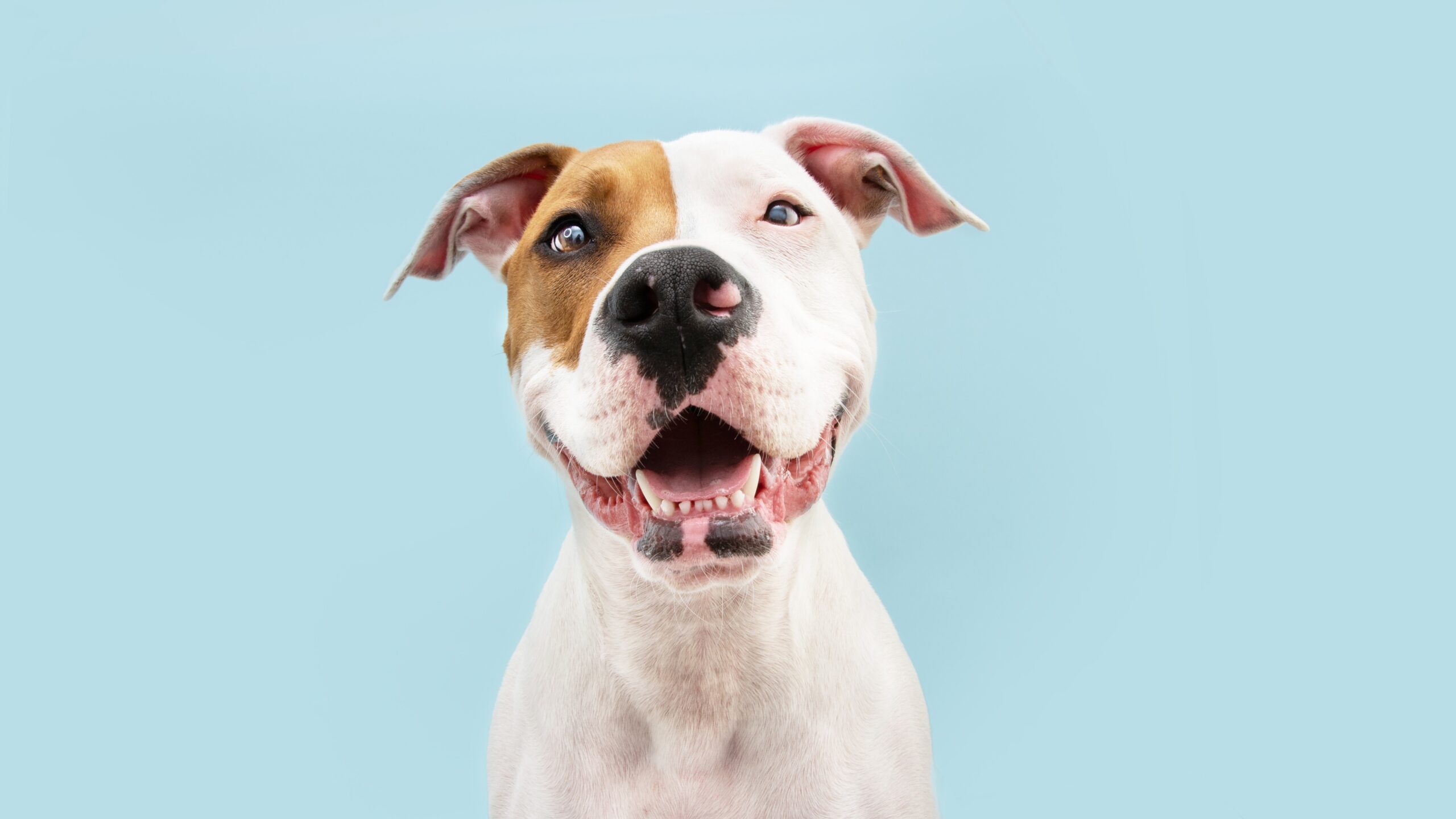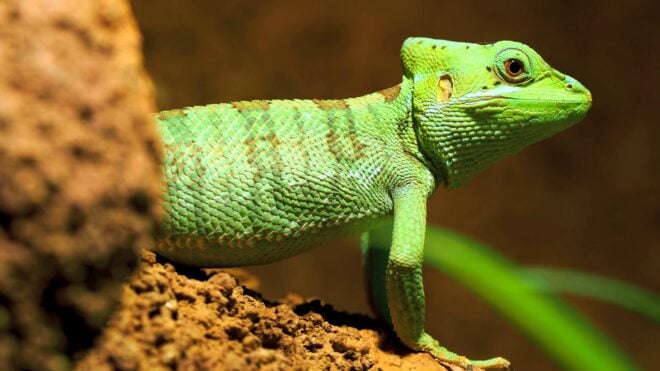
There’s nothing like being on the receiving end of love from your pet — unless you have a puppy who’s nipping you or perhaps a senior dog with really, really bad breath. Just like dental care is essential for human health, pet parents need to properly care for their pet’s mouth. The American Veterinary Medical Association (AVMA) notes that many pet parents ignore the dental health of their pets and that dental disease very common. In fact, the AVMA states that 80% of dogs and 70% of cats show some signs of gum disease by the age of 3.
On its website, the AVMA states that although cavities are less common in pets than in people, animals can have many of the same dental problems that people can develop:
• Broken teeth and roots
• Periodontal disease
• Abscesses or infected teeth
• Cysts or tumors in the mouth
• Malocclusion, or misalignment of the teeth and bite
• Broken (fractured) jaw
• Palate defects (such as cleft palate)

PetMD reports that some dog breeds are more prone to dental problems than others. The website notes that collies, shelties, and dachshunds are impacted by overbites. Dogs with pushed-in faces (pugs, shih tzus, bulldogs, Lhasa apsos, and Boston terriers) are more prone to brachycephalic airway syndrome, which can cause more severe periodontal disease symptoms. Yorkies, poodles, Maltese terriers, and pomeranians commonly have persistent deciduous teeth (more on that below). The small mouth of the Chihuahua puts this breed at risk. But larger breeds are not out of the woods, notes PetMD. Owners of boxers, Labradors, Great Danes, and mastiffs should also be alert.
For Pet Dental Health Month, LittleThings spoke with Jamie Freyer, DVM and expert at Veterinarians.org.
First, it’s important to understand a dog’s mouth through the stages of its life. Dr. Freyer says that “puppies have 28 temporary or ‘deciduous,’ teeth, which begin to erupt at about two weeks of age.” Those teeth are generally finished coming in about 8 to 10 weeks later, according to Freyer.
When your dog is about 4 months old, Freyer says, “deciduous teeth begin to fall out and are replaced by permanent dentition.” At this point, your shoes and furniture might even begin to be spared from your teething pup!
By the time they are adults — and thankfully out of the nipping stage — dogs have a total of 42 teeth. Freyer shares that adult teeth are divided into four main categories: incisors (the small front teeth), canines (the four large pointy teeth sometimes referred to as “fangs”), premolars (shearing teeth located behind the canines), and molars (flat teeth in the back of the mouth, used for grinding and chewing).
“When the adult teeth begin to come in, the incisors fall out first, followed by the canines, then the premolars and molars,” says Freyer. “These teeth are usually harmlessly swallowed. Any teeth that do not fall out when the corresponding adult tooth comes in will need to be removed by a veterinarian under anesthesia.”
Now that you have a real inside look into the teeth of your pet, Freyer shares five things every dog owner should know about dental care:
1. Cold can help soothe a teething puppy’s gums.
“You can find toys that are made to be frozen, or give the pup a dog-safe cold snack to chew, such as a couple of frozen strawberries or a piece of carrot stick,” recommends Freyer.
2. You can deter biting by redirecting it toward a more acceptable object.
3. Poor dental care can cause periodontal disease, infections, and loss of teeth and even harm your pet’s organs.
Freyer says, "Full dental cleanings under anesthesia are a must, as this is the only way to ensure that the tartar is removed from under the gum-line. It also allows the veterinarian to perform a full oral exam, enabling them to find any sore or broken teeth, oral abscesses, injuries to the mouth, or masses that may be located in the oral cavity.
"Regular dental cleanings are one great way to keep your pup’s breath smelling fresh. There are also things you can do at home to slow the progression of dental disease. These include brushing your pup’s teeth (with dog-safe toothpaste, not human toothpaste) or using dental chews, dental wipes, or water additives. There are also specialized diets, such as Royal Canin Dental, which are formulated to help keep your pet’s teeth clean."
4. There are ways to monitor for signs of dental disease.
According to Freyer, signs of dental disease include “halitosis (bad breath), reluctance to chew or dropping food, lumps on the cheek/under the eye, drooling, and seeing blood on toys or in the water or food bowls.” If you note any of these signs, “take your pet to the vet for a dental exam,” says Dr. Freyer.
5. Hard and soft foods both have their advantages.
“While hard food may perform some ‘scraping’-type benefit, soft or wet food is a good way to make sure your pet is getting enough moisture in their diet,” notes Freyer. “For dogs with many missing teeth, a soft diet will likely be easier for them to eat. Make sure that anything they eat is small enough that chewing is not necessary, to avoid any large pieces getting stuck in the throat.”
Begin making your pet’s dental health a priority with brushing. It might seem a bit scary or even a bit tricky, depending on the breed of your dog and its personality. But it can save your nose, your wallet, and even your pet’s health in the long run. Here’s a video on how to brush your pet’s teeth to get you started.
Here’s to redefining dog breath as minty fresh!




